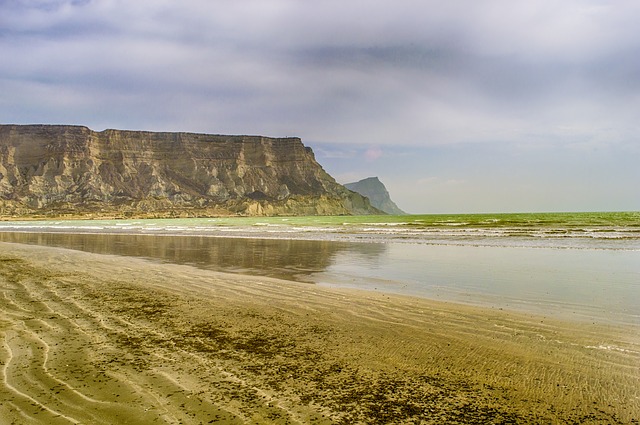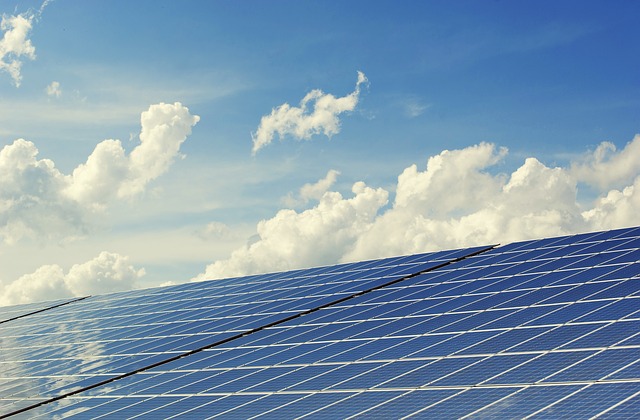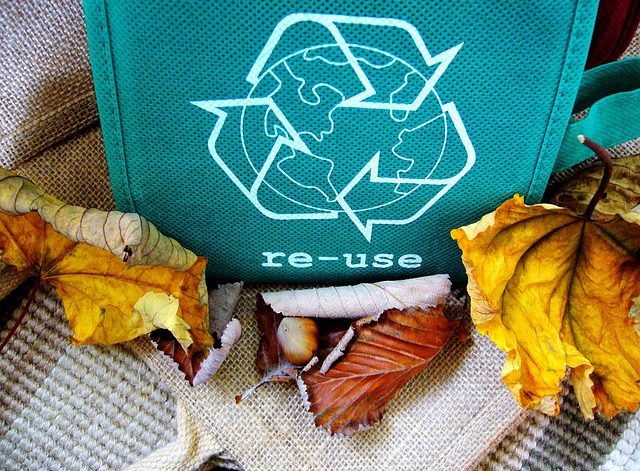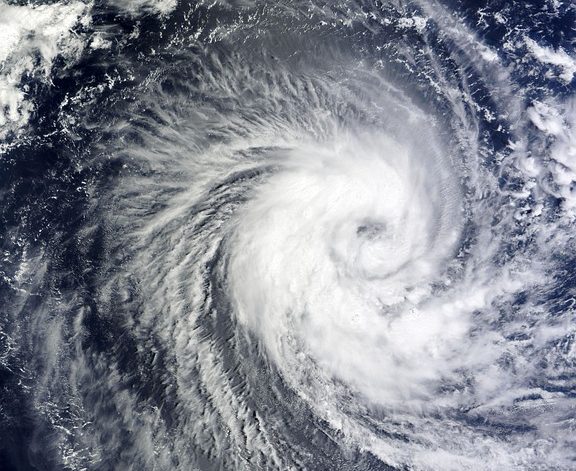Introduction
Coast: This term is also famous as seashore or coastline. The coast is the borderline between dry land area and water bodies. More specifically where the land area joins sea, ocean, Lake, etc is the coastline. The coastlines are covering an area of 620,000 kilometers on Earth.
Coastal Ecosystem: Coastal ecosystem encompasses coral reefs, estuaries, barrier islands, marshes, and mangroves, etc.
Coral Reefs: Coral and reefs can be defined separately as corals (marine invertebrates inhabiting reefs (rocks made of dead animals’ skeleton- primarily corals) deep under the water bodies. Corals are known as polyps. These coral reefs have huge ecological importance for the marine ecosystem. For more information: Coral Reef Ecosystem of Pakistan- Climatic Biome.
Estuaries: These are relatively water bodies with brackish water meeting the sea or ocean at one end and streams or rivers on the other end. An estuary provides a transitional zone between marine and freshwater ecosystems called ecotone.
Barrier islands: These areas are known as coastal landforms formed by waves near mainland coasts.
Marshes: These are wetlands along the lakes and streams. The plantation is based on herbaceous species. This is also a transitional area between terrestrial and aquatic regions.
Mangroves: Mangroves consists of shrubs and small trees that are preferably grown near saline water bodies. For more information read: Mangroves of Pakistan – Types, Importance, and Environmental degradation.
Coastal Areas of Pakistan
Geographically Pakistan is located nearshore connected to the Indian Ocean by the coastline of the North Eastern Arabian Sea. Two provinces of Pakistan are blessed with coastline named Baluchistan (800 Km area) and Sindh (250 km area). The coastline covers almost 1,050 km area that is connected with India and Iran by the Eastern Edge and western edge respectively. Along with that, there is also an exclusive economic zone that covers 196600 sq NM.
The coastline in Baluchistan is known as the Makran coast with mountainous regions. The beaches in Baluchistan do not have many residents but small villages that are dependent on fishing for livelihoods. There are mud volcanoes near shores. The coastline is consisting of bare deserts, headlands, deltas, sandy beaches, bays and rocky cliffs, etc.
You might also like: Marine and Coastal Ecosystem of Pakistan – Climatic Biome
Economic Advantages of Coastal Areas in Pakistan
The coastline of Pakistan serves economic benefits to the country. Karachi which is an industrial hub of the country and its neighboring areas contributes at least 20% of the nation’s GDP. Karachi port holds economic importance as it is one of the largest ports in the South Asian region. The lists of sectors that take advantage of marine coastal areas are shipbuilding, coastal tourism, coastal power plants, boat building, ports and shipping, forestry, fisheries, coastal agriculture, gas and oil mineral exploration, etc.
Other ports are Qasim and Gawadar. Qasim port situated near the Indus River manages 35% country’s cargo system.
Overall 596980 metric tons of marine fish and 25000 metric tons of shrimps are produced from coastal areas. Pakistan exports 131,000 metric tons of fish that has approximately worth 7.272 billion rupees.
Also check out: Environmental Impact of Ship Breaking Industry in Pakistan
Environmental Issues
The environmental issues associated with the coastal areas of Pakistan are also huge. The biggest problem is anthropogenic activities that destroy the natural beauty of the coastal ecosystem by causing marine pollution. The untreated effluents from industries are finding their way to water bodies. Oil shipping often results in oil spilling incidents that are a major threat to marine life. The trading policies are benefiting the economy of the country but at the same time, it is badly affecting the marine and aquatic ecosystem. Marine pollution is dangerous to marine as well as human life.
Also check out: Migratory Birds and Flyways of Pakistan – Location, Seasons
Conclusion
Pakistan is an underdeveloped country facing the problems of traditional industrial practices, increasing population, pollution, and urbanization that further putting stress on natural reserves. The country has marine and coastal ecosystems that hold economic importance but there is the absence of strategies and plans to manage the problems associated with marine and coastal areas. The country also suffers economic losses due to marine pollution.
You might also like to read: Pakistan’s Living Indus Initiative And Its Importance
Recommendation
Pakistan has become a member of many international conventions that aim to prevent pollution but the problem with the implementation of policies is dragging the country backward. The country needs strong regulations along with strict implementation that could serve the nation in a good way.
Also check out: UAE-Israel Oil Pipeline Deal Can Destroy Red Sea Coral Reefs
I hope you all liked this post! Please comment below if you have any suggestions, comments, or feedback! We at #envpk love hearing from our readers! Thanks!




